Best Field Guides For Kids: Using Nature Guides to Make Reading Fun
Inside: Our pick of the best field guides for kids and tips for using nature guides to make reading fun.
My 5 ½-year-old is slowly beginning to discover the joy of reading. It hasn’t always been easy to engage him with books. In fact, just a few months ago he was anything but interested. It seemed the books that had engaged his older brother – both the classics and some personal favorites – didn’t excite our youngest in the least.
Being an outdoorsy mom, I decided to try combining reading with something he loves about our outside time – animals. What I discovered is that it wasn’t the fictional stories he connected with; it was the animal encyclopedias and nature field guides that he most enjoyed.
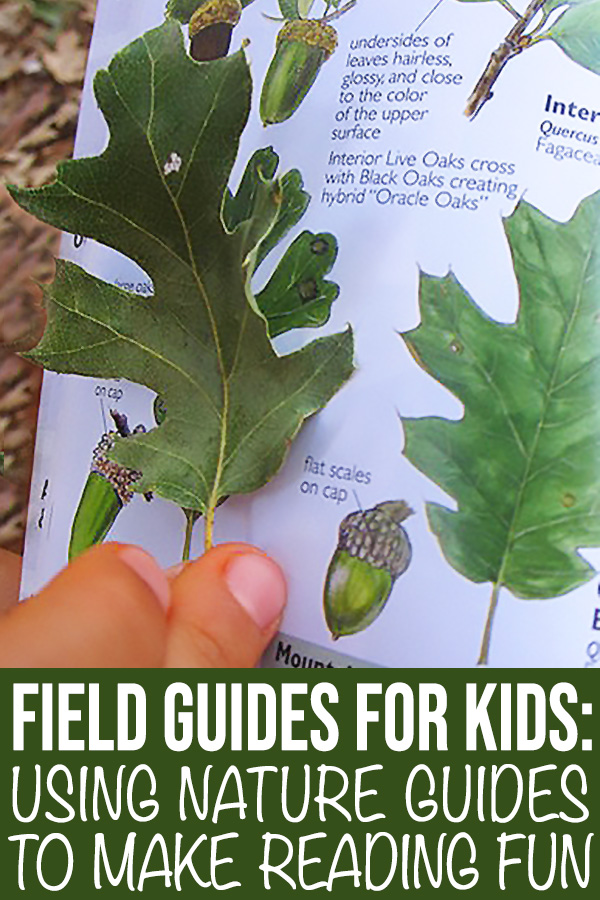
What is a Field Guide?
A field guide combines color pictures or drawings with descriptions and details about living things, such as trees, wildflowers, birds, amphibians, fish, mammals and insects. They are used to help identify a species you aren’t familiar with. Field guides can be very detailed or more general. There are even field guides made just for kids.
How can field guides be used to help make reading fun for kids?
1. Start with a good book. Look for field guides with quality photos or drawings and simple facts relevant to your geographical area. Smaller, pocket-sized books are easier for little hands than bigger, heavier ones.
2. Focus on your child’s interests. Pick a guide that covers a topic of most interest to your child. Since my son loves animals, we explored bird and mammal books first. After that, we moved on to field guides for local tide pools and trees.
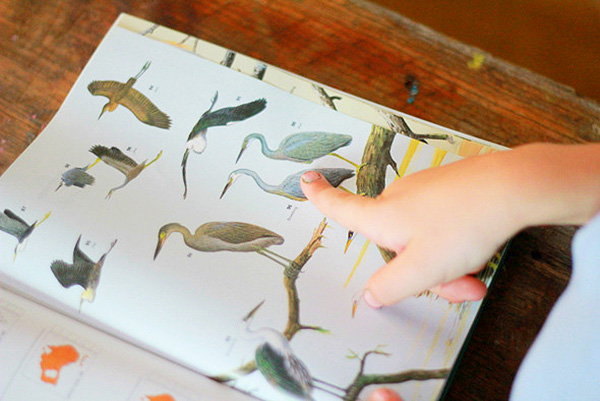
3. Put their observation skills to work. Even pre-readers can use simple field guides to identify common critters and plants. Observation skills come in handy when comparing features such as shape, color and size to make identifications. These are the same tools future readers will need for recognizing letters and words.
4. Match items in nature to pictures or words on a page. Can your child match what you’ve discovered in your backyard (or beyond) with what’s in your field guide? This was my son’s favorite way to discover new words (animal names, that is). He now uses this same skill – looking at pictures and illustrations to determine words and context – as he begins learning to read on his own.
5. Uncover more details. Putting a name to an animal or plant is just the beginning. Next comes learning more about an item of interest. A field guide can provide details about what animals eat and where they live, or where plants grow, or how to identify the bird calls a bird makes, and more. Some of this information can be gleaned from photos or illustrations; other details you’ll discover by reading together.
6. Create your own field guide. Pre-readers can practice drawing, letter writing and more as they create their own backyard field guide. You can add details together, or you can leave the creating completely up to your child. The finished product becomes something that you can read together as your child grows.
Best Field Guides for Kids
Below you will find a collection of highly rated field guides, each covering a different type of living thing and specific to North America and Australia. Whilst some of these have been developed specifically for children, others are a complete field guide for adults and your child may require assistance when researching using these guides. Each is linked to Amazon for more information and reviews. These are affiliate links and I may earn a small commission on qualifying purchases, at no cost to you.
Field Guides for North America for Use with Children
Petersen’s Field Guide to the Mammals of North America by Fiona Reid 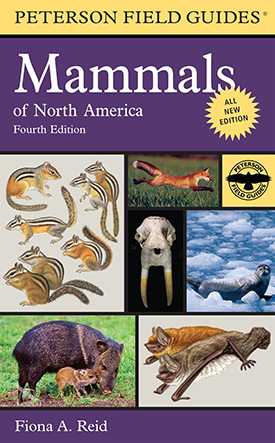 A comprehensive and in-depth guide to North American mammals, this guide covers the mammals found in North America north of Mexico, including those that live in near-shore waters. It includes paintings and photographs of the animals, as well as photographs of mammal skulls. Available: Amazon |
Ultimate Explorer Field Guide: Reptiles and Amphibians by Patricia Daniels 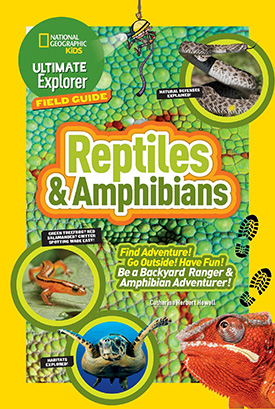 This photo-filled and fact-packed guide to reptiles and amphibians will make kids stop and look for all kinds of scaly and slimy creatures right in their own backyards. From turtles to geckos, red cornsnakes to toads, kids will learn how, where, and when to spot these animals all over the United States. Available: Amazon |
My Awesome Field Guides to Bugs by Krystal Monique Toney 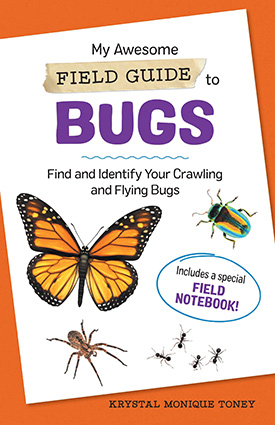 Meet 140 bugs native to the U.S. and Canada, and explore step-by-step instructions for how to tell them apart, with detailed pictures plus fun trivia about what bugs eat, how they behave, and more. Available: Amazon |
Seashells, Crabs and Sea Stars: Take-Along Guide by Christiane Kump Tibbitts 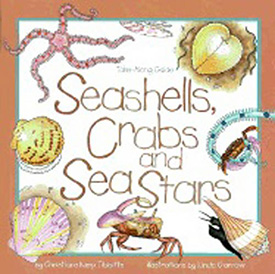 Invite young naturalists to the world of seashells, crabs, and sea stars including identification information for commonly found specimens, educational activities, and fun facts. Available: Amazon |
Bird Watch Book for Kids by Dylanna Press 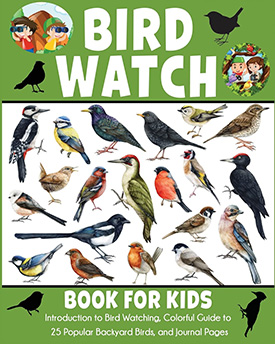 With this colorful guide kids will learn how to get started with bird watching and how to find and identify the 25 most popular North American bird species. Includes tips for seeing the most birds, useful items for birdwatching, fun facts, and bird journal pages for recording their own sightings. Available: Amazon |
National Geographic Kids Bird Guide of North America by Jonathan Alderfer 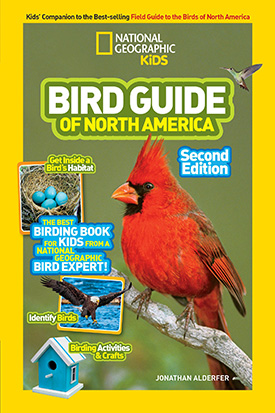 This kid friendly guide features profiles of 50 of North America’s most popular birds–including how and where they live and tips about how to spot, hear, and attract them–as well as mini-profiles of another 100 birds. Available: Amazon |
National Geographic Pocket Guide to Rocks and Minerals of North America by Sarah Garlick 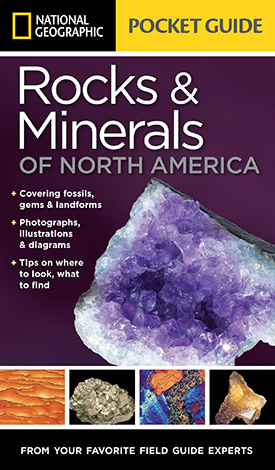 Identify common rocks, minerals, gems, fossils, and land formations with this beginner’s field guide to North American geology. Offers key facts about dozens of rocks and minerals, how to hunt and identify them, where and how to go looking. Available: Amazon |
Ultimate Explorer Field Guide: Trees by Patricia Daniels 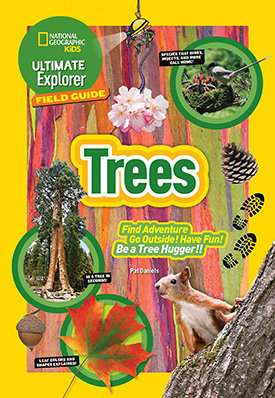 From maple to birch, pine to cherry, kids will learn how and where to spot common trees all over the United States. With tons of information and interactive prompts, it’s the perfect companion for field trips, camping or vacation. Available: Amazon |
Kids Field Guides for Australia
Wild Australian Life by Leonard Cronin 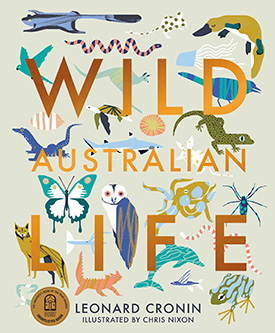 More than one million animal species make their homes in Australia – from the deepest oceans to the tops of mountains and the harshest deserts. But just how do they survive? Discover the remarkable stories behind some of the country’s most extraordinary animals. Available: Amazon |
A Naturalist’s Guide to the Reptiles of Australia by Chris Farrell 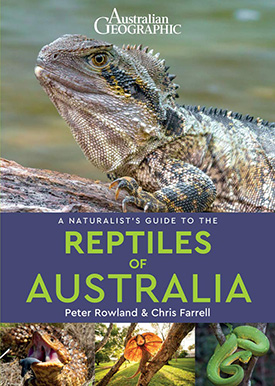 An easy-to-use identification guide to the 280 reptile species most commonly seen in Australia. Available: Amazon |
Plantastic! A to Z of Australian Plants by Catherine Clowes 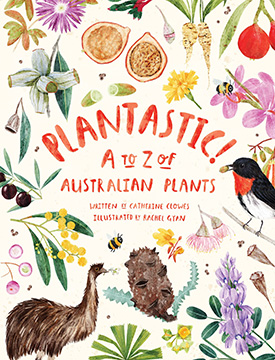 A beautifully illustrated collection of twenty six of Australia’s most unique and incredible native plants to help children identify the native plants found in your local park, bushland, or even in your very own backyard. Available: Amazon |
100 Australian Butterflies, Bees, Beetles and Bugs by Georgia Angus 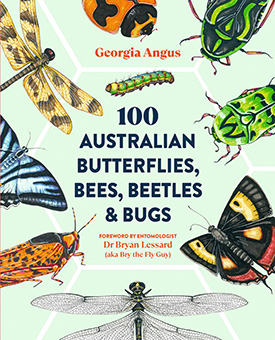 No matter where you are across the continent, nature enthusiast Georgia Angus has taken the guesswork out of wondering what’s wriggling and buzzing in your back garden. From bogong moths to witjuti grubs, this book will share how to find and identify 100 of Australia’s key native species. Available: Amazon |
A Naturalist’s Guide to the Insects of Australia by Peter Rowland & Rachel Witlock 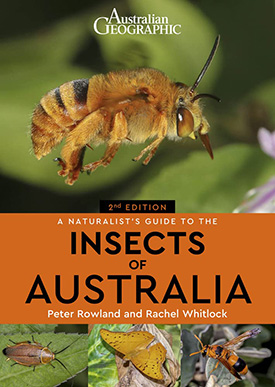 A fabulous photographic guide to 292 species of insects commonly found in Australia. Available: Amazon |
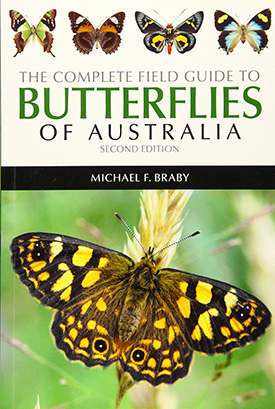 The Complete Field Guide to Butterflies of Australia by Michael F. Braby The Complete Field Guide to Butterflies of Australia by Michael F. Braby Stunningly illustrated with color photographs of each of the 435 currently recognised species of butterfly in Australia, this comprehensive guide includes information on similar species, variation, behaviour, habitat, status, and larval food plants. |
Rocks, Minerals and Gems by John Farndon 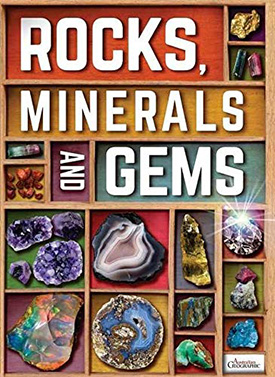 A complete guide to identifying rocks and minerals and everything you need to know to start building a collection. Available: Amazon |
Using field guides to help reluctant readers is just one way to connect literacy and the great outdoors. There is so much waiting to be discovered right outside your back door!

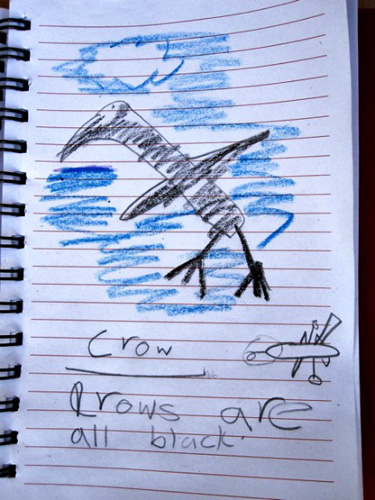
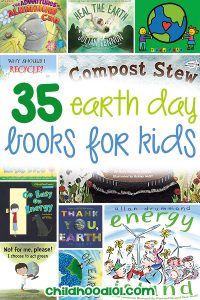
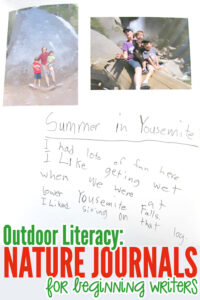
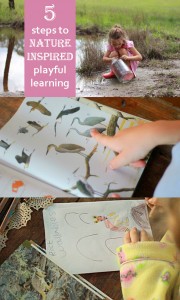
2 Comments
Comments are closed.